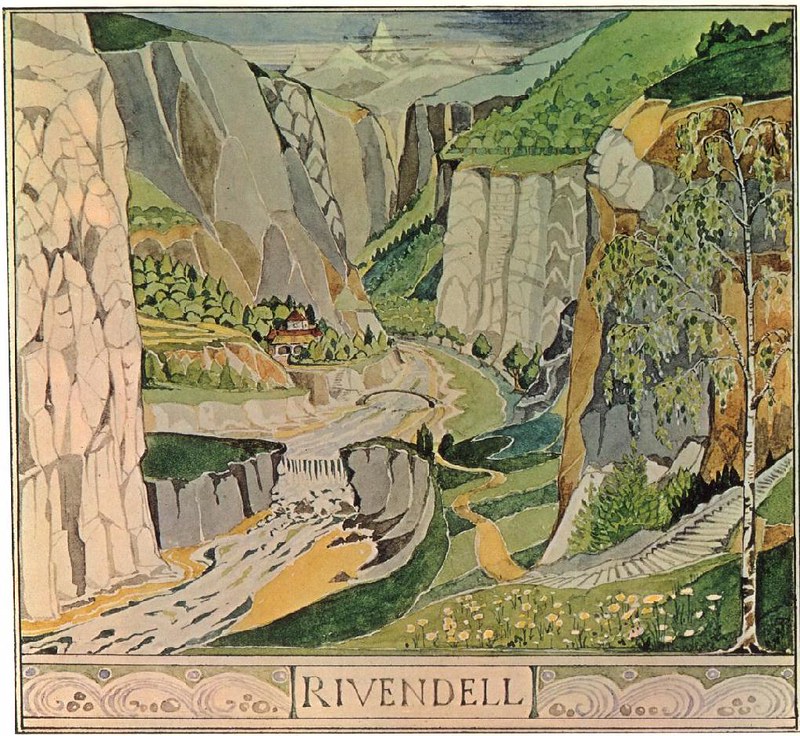New legends
J. R. R. Tolkien has had a prolific posthumous career and an especially productive twenty-first century. Hollywood canonization (with a little help from Peter Jackson) has been followed by three recent Tolkien publications: The Children of Húrin (2007), The Legend of Sigurd and Gudrún (2009) and The Fall of Arthur (2013), all edited by Tolkien’s youngest son Christopher (now in his late eighties). News that Tolkien’s translation of Beowulf is to be published for the first time later this spring has aroused great interest from Tolkien academics and enthusiasts. The translation, completed in 1926, had been known about for many years, but the decision to release it was only taken recently. The author himself “seems never to have considered its publication”, commented Christopher Tolkien.
How, then, might the ghost of Tolkien Senior greet the decision? One clue as to his opinion of posthumous publication can be found in a piece he wrote for the TLS in 1923. The review was of Hali Meidenhad: An alliterative prose homily of the thirteenth century in an edition by the founder of the Early English text Society, F. J. Furnival (1825-1910).
The thirty-one-year-old Tolkien found it “much to be regretted that before his death Dr. Furnival did not, apparently, complete his work, which is here published without alteration as he left it”. Tolkien’s main gripe was with a lack of editorial interference: “It may be doubted whether, even though it has been done out of great respect for a great name, the best service has been rendered to that name, or to English scholarship, by publishing work that might have been revise and supplemented”.
Since Tolkien’s death forty years ago, Christopher Tolkien has established an excellent reputation as an editor of his father’s works, and, whatever the state of the original translation, we can expect the best service. The edition will incorporate a previously unpublished story, “Sellic Spell”, and the series of lectures Tolkien gave about Beowulf at Oxford University in the 1930s, including “Beowulf: The monster and the critics”, an influential piece of criticism that helped to rescue the poem’s reputation as a valuable literary work in its own right rather than an ill-fitting mishmash of legends useful largely as a historical document.
Reviewing R. W. Chamber’s study of the poem in the TLS in 1922, Professor Bruce Dickins had found it necessary to begin with an apology: “Beowulf, with all its shortcomings in fable, structure and characterization …”. This kind of caveat was de rigeur. Dickins approved of Chambers’s (largely historical) treatment but admitted that “in a field so thoroughly worked there is not perhaps much room for originality”. He hadn’t reckoned with the intervention of J. R. R. Tolkien.
Beowulf: A translation and commentary, together with “Sellic Spell” will be available from Harper Collins for £20 from May 22. It will be reviewed in a forthcoming edition of the TLS.
TLS March 28, 2014, p. 32


